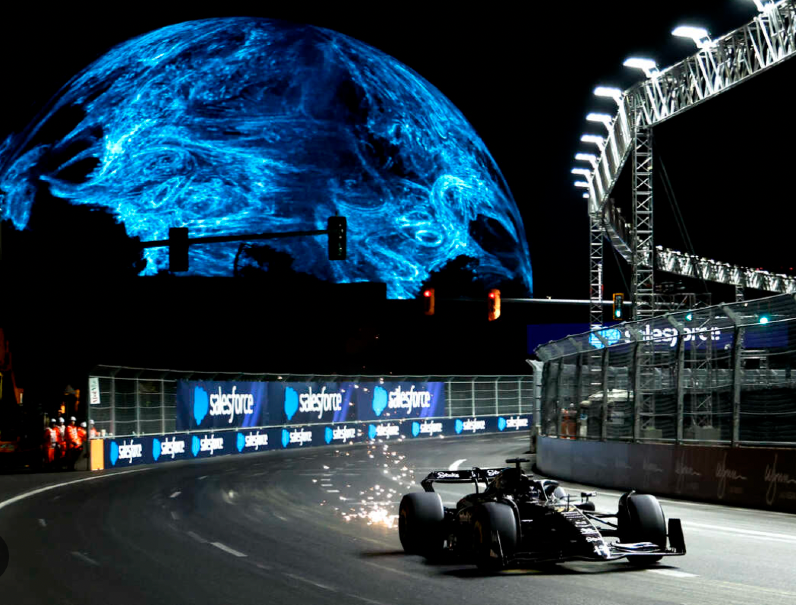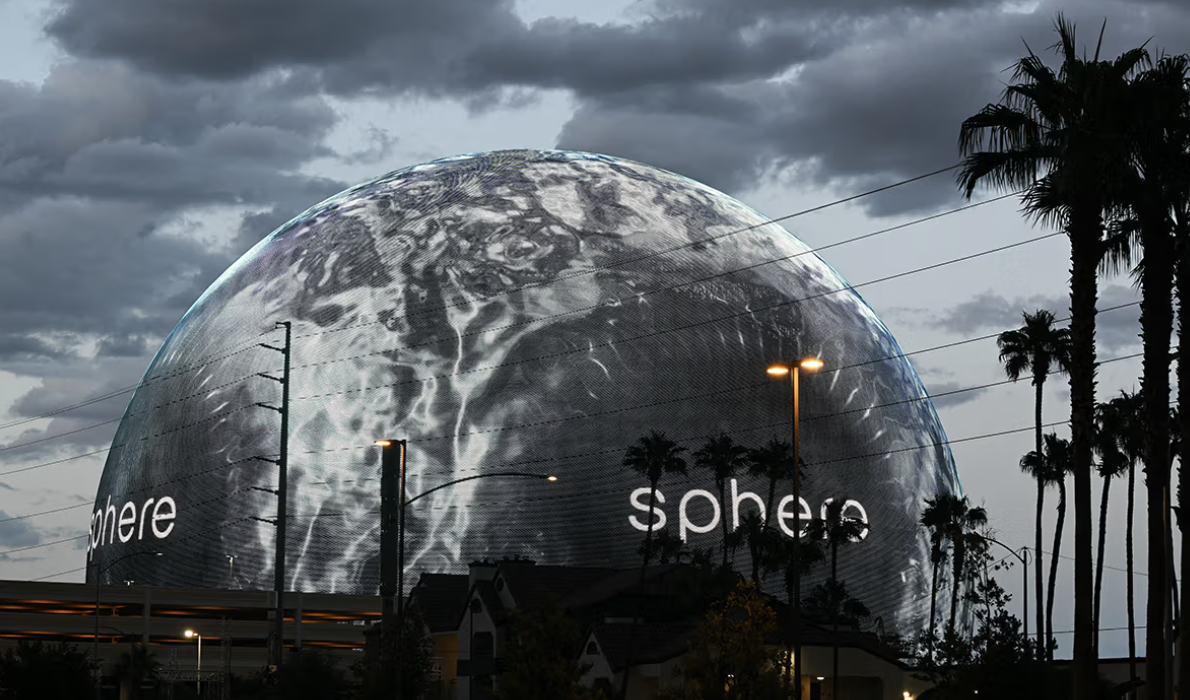Formula 1 in Sin City

The fastest regulated road-course racing cars will be tearing up the Las Vegas Strip this weekend.
If you've been seeing an uptick in Formula 1 content across your internet browsing, you're probably not hallucinating. In 2022, the average Grand Prix topped 1 million US viewers for the first time ever, and the attendance at the US Grand Prix in Austin smashed records with 440,000 attendees.
But Why?
There have been several key events contributing to American involvement in the pinnacle of motorsport and leading up to the highly anticipated Sin City Grand Prix:
-The Acquisition of Foruma 1 by Liberty Media in 2017 has pushed Formula 1 across the Atlantic, making races in the US festival-like spectacles. Although to a hardened F1 fan, it may seem over the top, it perfectly suits American culture.
-The launch of Netflix hit series "Drive to Survive", launched after the acquisition of F1 by Liberty Media, has gripped US audiences with its high drama episodes. The launch of the newest season brought in 4 million viewers and 74% of fans under 45 cite Drive to Survive as the reason for them getting into the sport.
-ESPN began broadasting F1 in 2018 with commercial-free coverage. 2 hours of nonstop racing action (similar to 7 hours of commercial-free football) has an appeal to Americans that is hard to resist.
-The first American driver since 2015, Logan Sargeant, began racing as a rookie this year for Williams. Although he has not had a season to remember, the patriotism an American driver brings has certainly drawn people to the sport.
How Expensive is the Vegas Race?
The blockbuster deal between Liberty Media's F1 and Las Vegas does not go without significant cost. The land cost F1 $240 million and they spent another similar amount on constructing the pits, totaling almost $500 million.
The state-of-the-art Las Vegas Sphere is 366 feet tall and has a capacity of 18,000 people. It cost $2.3 billion to produce, with 1.2 million LED lights making it the largest LED screen in the world. Unfortunately for F1 though, the Sphere posted an operating loss in its first fiscal quarter.

In further bad news for the racing giant, hotel rates in Vegas and resale ticket prices have cooled since reaching 300% of last year (hotel rates) and $2,000 (grandstand ticket prices) as anticipation for the race appears to be in a lull. Formula 1 hopes their $500 million venture will return adequate capital.
Another issue is that Formula 1 and Pirelli, the tire supplier, did not initially account for the cold weather in November in Vegas, and the rubber wasn't adequately suited for track conditions, although Pirelli has recently said that it has been taken care of.
Mixed Opinions in Vegas
The race draws praise from many in Sin City, including Senator Catherine Marie Cortez Masto who is optimistic and excited about the event. She says that it will showcase Las Vegas and its "world-class service industry". The tax and general revenue from the vent will also have positive effects on the economy and employment in the long run in Vegas.
There are still, however, reasons for people to be averse to the Gargantuan Grand Prix Project. Due to the lack of a contractor until after May 2022, Vegas had to scramble to complete construction. The building was typically conducted early in the morning, resulting in detours to work for some commuters. Some citizens complain of the Strip almost being "unrecognizable" and popular attractions such as the Mirage Volcano are completely obstructed. Formula 1 has also met obstacles during construction such as utility connections that needed attention which drove costs up. F1 is trying to offset these costs through licensing fees for businesses within view of the circuit or obtaining taxpayer dollars from Clark County.
All in All
With the rapid rise in popularity of Formula 1, it seemed only a matter of time before races in major US cities, such as Miami and Vegas, became a reality. It is difficult to find a balance between Vegas citizens' excitement and reservation regarding the spectacle, and the return on a $500 million dollar investment hangs in the balance. Vegas and Formula 1 have signed a contract extending the race until at least 2025, and only time will tell how it will play out. From a fan's perspective, seeing the bubble in popularity and Americanization of the sport is worrying, as there is fear that it will drive hardcore fans away similar to the decline in support for NASCAR after it soared in the 1990s- 2000s. Until the Grand Prix is behind us, however, it is best to just sit back and enjoy the show.
References
2023, F. D. N., & Desk, F. (2023, November 11). The staggering cost behind F1 Las Vegas Grand Prix big-Money Pit Building. Crash. https://www.crash.net/f1/news/1040568/1/staggering-cost-behind-f1-las-vegas-grand-prix-bigmoney-pit-building
Lee, L. (2023, November 12). F1’s $500 million bet on Las Vegas hits some bumps ahead of the Grand Prix. Insider. https://www.insider.com/f1-las-vegas-grand-prix-construction-435m-ticket-sales-plunge-2023-11
Masterworks. (2022, June 24). The American rise of F1: Why you should care. https://insights.masterworks.com/uncategorized/the-american-rise-of-f1-why-you-should-care/
NBCUniversal News Group. (2023, February 24). Formula 1 popularity explodes in U.S. as 2023 season begins. NBCNews.com. https://www.nbcnews.com/news/us-news/formula-1-popularity-explodes-us-2023-season-begins-rcna71676